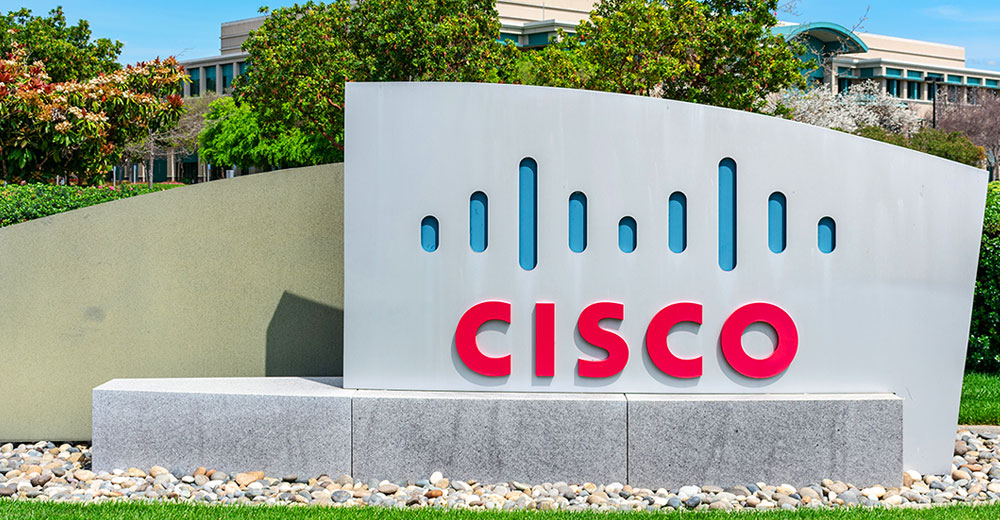
If Chris Gladwin has his way, how health, research, oil, multimedia and other companies with heavy storage demands choose to store their data will never be the same again.
Gladwin is CTO of Cleversafe. His company’s software is now in its most advanced stage to date, from an open source project at developer stage to “advanced-alpha” status, downloadable and available for users to build their own storage grids, he told LinuxInsider.
The two-year-old company is releasing its solution built on dispersion technology. The software is open source under the GNU General Public License (GPL) 2.0.
Open for Embrace
“We felt that dispersed storage had to be an open technology in the same way that TCP/IP had to be an open technology, in order for the world to embrace the Internet,” Gladwin told LinuxInsider.
Comparing his company’s technology to that of Transmission Control Protocol and Internet Protocol may seem ambitious, but then again, Gladwin speaks about his company’s approach to storage as catalyst for a next-phase “storage Internet.”
Gladwin came up with the initial business plan for the two-year old company, which employs about 35 people. An open source community of developers working on the “Dispersed Storage Project” was the first stage.
The software is now in the last alpha version, which is a “more mature” software version than before in terms of security, ISCSI (Internet Small Computer System Interface) and updated algorithms.
The last feature, updated algorithms, takes on significance when placing it in the context of what this storage approach is all about.
Government Use
A customer’s data is broken down into slices and stored across multiple servers in varied locations.
The concept itself is nothing new; governments have been using the information-dispersal method to buttress their security. Nabbing a single slice can’t do much good in figuring out your victim’s information.
The algorithms help to safeguard sensitive things such as cryptographic keys and weapon-launch codes. Should any one slice be stolen or lost, data from the remaining slices can be reconstituted to restore the information.
“We’ve updated our algorithms to Cauchy-Reid Solomon,” a variant of the Reid-Solomon methods for coding, he told LinuxInsider.
The new updated software carries 12-9s reliability (99.9999999999 percent) and dynamic self-healing capabilities, Gladwin said.
Cleversafe in time wants to take this secure approach to broader commercial levels. “We’re moving from proof-of-concept state to a new, downloadable version with which people can build their own grid,” Gladwin said.
Dot-Org Plus Dot-Com
Cleversafe management is using a business model similar to successful open source vendors, leveraging the heavy lifting development work of a dot-org community with a dot-com tier selling commercial licensing, hosting services and expertise.
“Cleversafe and others, including Seanodes and LeftHand Networks, not to mention Nirvanix, are opening up a new paradigm for distributed storage, including dispersed placement, access and protection,” Greg Schulz, author of Resilient Storage Networks and analyst with StorageIO, told LinuxInsider.
That said, widescale adoption of the approach will rest on convincing organizations and partners to test-drive the technology, he said.
In the Near Term
Dispersed storage has a future, but the near term is a different story.
“It needs to mature, incubate some more and gain more adopters and support,” Schulz said. “Don’t dismiss the technology; however, don’t jump in without a life jacket either.”




















































